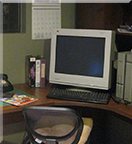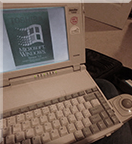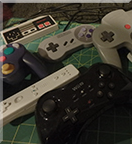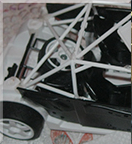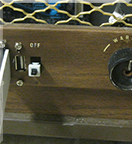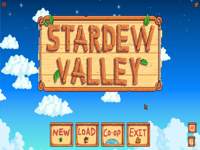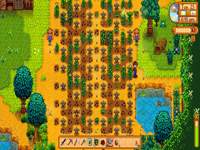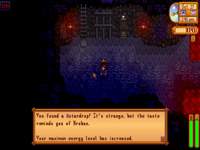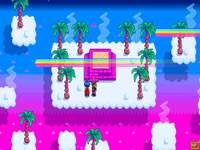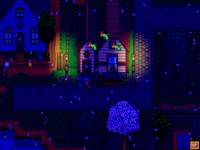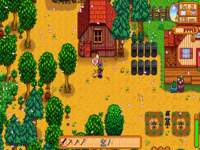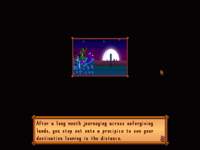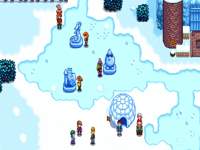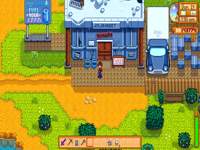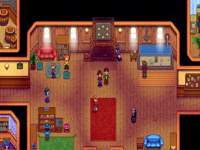Finished the Community Center in Stardew Valley (PC)
Stardew Valley is like a "what could have been" if SNES Harvest Moon were transported into our post-Minecraft present day. It's really approachable and fun.
HM (left), Stardew(right)

Comparison is specific to SNES HM because of the similarity of gameplay and visual arrangement of things.
For Stardew I have some small gripes which are visual
• Colors burn retinas
• most of graphics uses low-color palette but lighting effects from lamps and torches have access to way more colors?
• Pixels do not align to pixel grid for fishing line and many animations (see image)
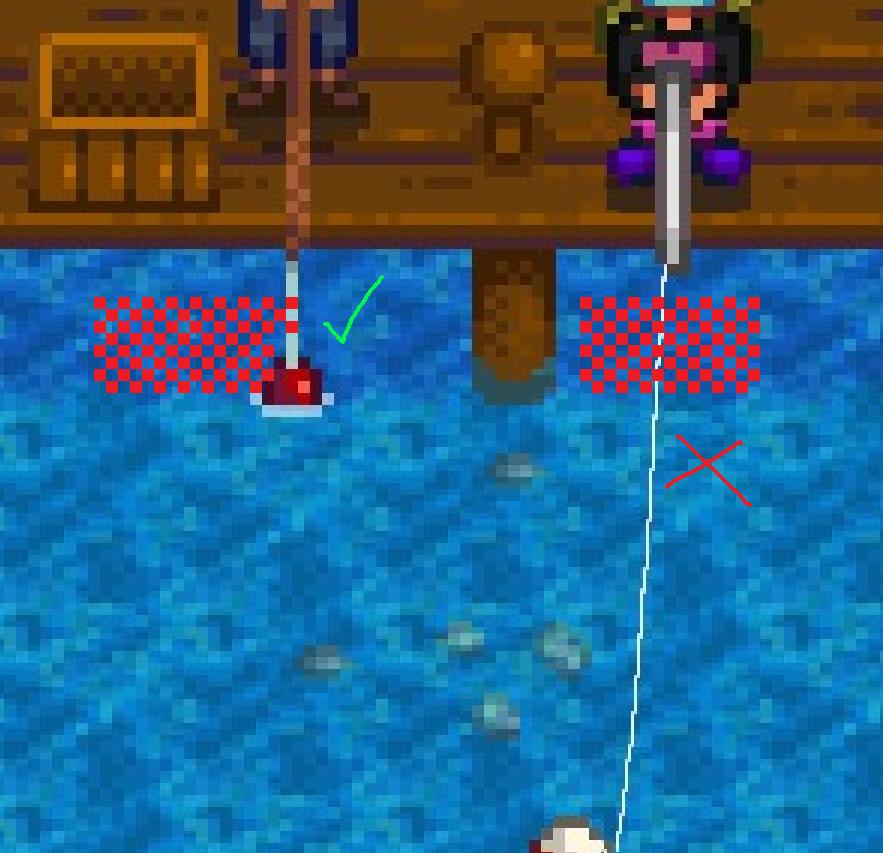
Stardew Valley is not the only offender in the category of "retro-style game that can't pick one video resolution". Shovel Knight and the Scott Pilgrim game also do this. Scott Pilgrim is probably the worst offender I have ever seen. Stardew Valley is not the worst but it's one where I have screenshots on hand.

Why is it bad? There are two parts to this, functional and aesthetic.
Functionally, it is capable of causing eye strain coming from the fact that it is visually confusing. Suppose we are looking at some 2D pixel art at a relatively coarse resolution. We use the same parts of our brains that could, say, appreciate mosaic tile artwork. The image lacks the full fidelity of the real world, but our eyes "fill in the missing information". Blocky edges become round in our mind's eye, detail is made out of nothing. When the resolution changes, it's like a tiled floor where big patches of tiles are different sizes. It's funhouse looking. It defies expectation. How can your brain interpolate things at a consistent rate, then? It's not altogether natural. Personally I experienced eye strain from this. While I am not a medical professional- just a person with a data set of size 1- I believe it could affect other people too since my eyesight is medically typical. I don't see anything necessarily causing my experience to be very unique. For people who aren't involved with graphics or low-res-looking games but play this one, they might experience eye strain yet not be to articulate why.
Aesthetically, it wrecks your scene composition. Here you've gone and standardized line width, balanced the colors of lines against the light source in your scene, taking into account the limited fidelity of the low resolution you've standardized on. But, wait a minute! You have this completely other part of the scene which is at a different video resolution. There's not an easy way to account for that in how you set up the scene. It will just look bad and I'm sad to say once you see it you can't un-see it.
The reason why the problem is possible is because these games are drawn at a much lower resolution than your native display resolution. When I run Stardew, for example, each 4x4 region of pixels tends to be (* minus the exceptions discussed here) of uniform color. On my 1920x1080 graphics setting, this implies the game is meant to run at 480x270. See if I were running the game somehow natively on a very old monitor, it wouldn't need to do anything 'special' in terms of scaling. Each of the TV's pixels is already the size of your face so whatever. But to fake a low resolution on higher resolution displays, upscaling is necessary. And that's perfectly ok. The problem is the way in which these games do the upscaling.
Most upsetting of all is that it's typically harder to get this wrong than to get it right. Yeah you read that correctly. Of course I don't have any game source code and I don't know how the developers have organized things, so I am making broad assumptions.
The supposed ease of implementation falls out of how geometry transforms and co-ordinate spaces work. If you keep a consistent low-resolution, you can set up things by:
- Allocate a low-resolution (e.g., 480x320) intermediate target and a full-resolution (e.g., 1920x1200) final target
- Draw your graphics to that intermediate. Move, flip, rotate sprites as necessary in that low-resolution space
- Draw the intermediate, scaled, to the final target
The complicated step for #2 isn't so bad since you only need to deal with one co-ordinate space. The scale at the end is really simple.
But instead, games decide to do this:
- Allocate one full-resolution (e.g., 1920x1200) final target
- Draw graphics directly (?) to that target.
- Each sprite's transformed position needs to take into account the scale-from-lowres-space-to-final-target
The problem is in step #2. Even if your calculations are 100% correct for getting everything positioned correctly in the final target, this setup will cause resolution-mixing artifacts (e.g., if you rotate anything by non-45-degree increments) since it is baked right into the design.
So, why have game developers gone out of their way to get this resolution-mixing behavior?
Maybe to save perf or memory. That said, I'm not pursuaded a small (~480x320) intermediate and a scale will make or break you for these games. Maybe they don't care or they don't think people will notice.
As much as I like Minecraft I think a lot of people have been corrupted by Minecraft aesthetic. You have the low-res-looking, limited-pallette-looking voxel art, where perspective transform is putting boxes of different sizes in your face all the time until it seems visually normal to you.
As for whether mixing low resolutions is bad or even a problem is getting out of the technical and into the subjective world of art. I assert that it's bad. I assert that it's bad in the same way that the author of McMansion Hell puts forth a case against certain architectural styles. I put forth a case against mixing of low video resolutions here. Now I think this post is way too long for describing something so simple and obvious but it's written without any particular target audience in mind so maybe you can make something of it.
But wait, there's more! Pallette inconsistency.
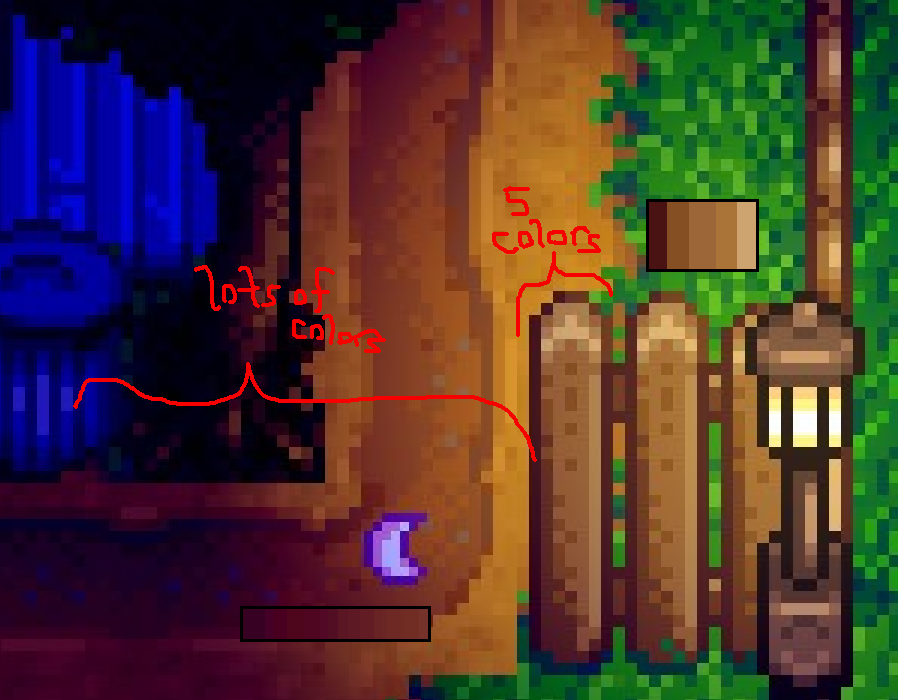
How many colors are in the pallette? Answer: yes.
The color inconsistency, I can also sympathize with-- it's hard, and arguably more work to take the result of your lighting calculation and quantize it down to the pallette used for the rest of the sprite artwork. But I mean, is it that hard? It's something you really can do programmatically, it's not like you need new art assets. You can use a lookup table in a shader, a volume texture if you want. There are different options for fixing this, but they just don't for some reason. Stardew Valley has no shortage of ambitious stuff- a procedural dungeon, a multiplayer mode, lots of characters with real-time behavior-- so it's not like they want for time or talent, but the take-away is this isn't where they chose to spend their time.
All of this being said, I want to make it clear that I liked the game.
So back on the game itself-- what Stardew does better than Harvest Moon:
• Automation of tasks. The sprinklers and auto-machines to feed and care for animals are a huge ease off of grind, unlockable in the game.
• Controls are less frustrating by design. It's impossible to accidentally expend seeds on an ineligible place, or drop things on the floor. How many times I've attempted in HM to give someone a gift only to Throw It On the Ground
• You can step "through" most crops, allowing for more flexibility in how to organize them
• The Minecraft-isms are fun and thoughtful.
• You can customize where new buildings are placed
• You can marry a person regardless of gender (e.g., same gender)- a step forward. While the original 1996 Harvest Moon doesn't have this, the modern Harvest Moons (Story of Seasons) don't have it either
• More interesting characters. For example I liked Linus's storyline, where he lives as a homeless person but your role is not to "fix" or "save" him. Rather, your role is to be his friend
• The relationship system is less broken. The rate of heart levels increase is slowed as the number of allowed gifts is fixed
• There is an interesting variety of characters. They all have unique events for friendship, not just marriage candidates
The game doesn't have a conventional "ending" like HM where there is a long scene and then credits.
There is an "evaluation" of sorts on the 3rd year as well as two big milestones. An easier, sad-outcome one (completion of Joja Community Development project) or the difficult, happy-outcome one (renovation of the Community Center). I ended up making two farms where one got each outcome. Although I did these, there is still a lot of replayability potential.
Overall verdict: it's good! Krobus/10
